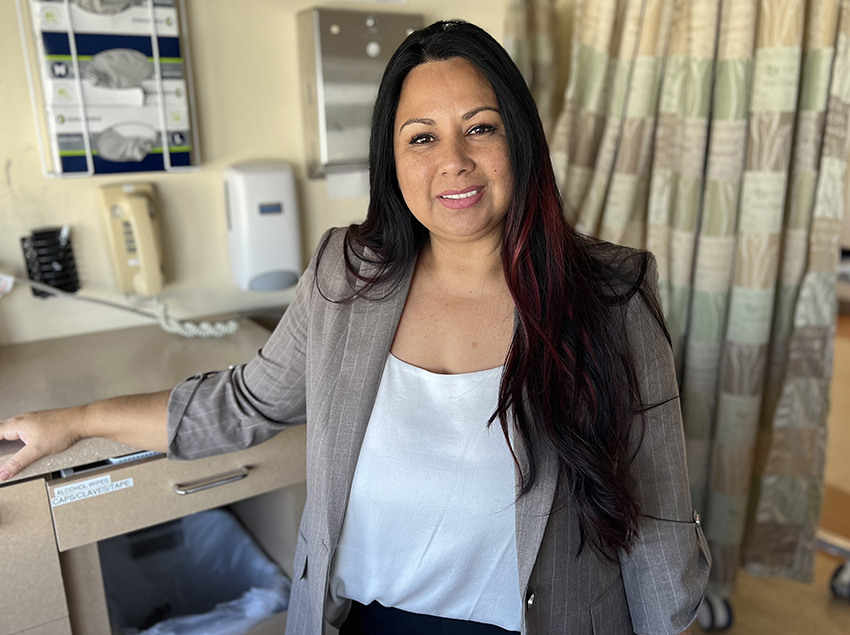Feature
Angels in Hell: The Nurse POWs of Bataan and Corregidor
The surrender of U.S. forces in the Philippines was only the beginning of the ordeal for these brave nurses

For most Americans, the Japanese attack on the U.S. naval base at Pearl Harbor, Hawaii, on Dec. 7, 1941, was a shocking event to hear about on the radio or in the newspapers.
For American personnel stationed in the Pacific, it marked the beginning of a descent into hell. Within six months, the Philippines had fallen to the Japanese invaders, leaving tens of thousands of American and Filipino soldiers behind. Among them were “the Angels of Bataan and Corregidor”: the nurses of the U.S. Navy and U.S. Army Nurse Corps. Seventy-eight of those nurses would endure three brutal years as Japanese prisoners of war.
From Paradise to Perdition
Until December 1941, nursing was light duty in the lush, tropical setting of the Philippine islands. Most of the American nurses had come to the islands seeking adventure and romance. Few envisioned the horror that was about to descend. Less than 12 hours after the Pearl Harbor attack, Japanese warplanes attacked Manila. Imperial Japanese forces pounded the islands for weeks. By Christmas, Japanese troops and artillery had moved into Manila.
Some U.S. Army nurses and a single Navy nurse were relocated to two recently constructed military hospitals in the province of Bataan, on the peninsula across the bay from Manila. Other nurses went to the island of Corregidor, at the entrance of Manila Bay, where the U.S. Army had established its headquarters.
The American forces that remained in Manila surrendered on January 2, 1942.
Battlefield Nursing
At first, the nurses who fled Manila for Bataan thought they were just moving locations and assumed that standard military hospitals awaited them. Instead, they became the first large group of American nurses sent into a combat area during World War II. Over the weeks that followed, the nurses faced as much danger as any American G.I. or Marine, but without the training or weapons. Many nurses didn’t even have any real schooling in battlefield medicine.
The nurses’ usual starched white uniform dresses were swiftly replaced by size-44 mechanics’ overalls and later by homemade khaki skirts and blouses. As one surgeon wrote, “Rivulets of sweat washed away the nurse’s rouge and powder, leaving only lipstick to match the ruby-red blood.”
Jungle Hospitals
Bataan’s General Hospital No. 1 was a series of makeshift sheds with thatched roofs. General Hospital No. 2 was cruder still. Its location was selected for its heavy jungle canopy, which the Army commanders hoped would provide cover from air attack. There were no buildings at all.
Fortunately, there had been time before the latest Japanese advance to raid the mainland for hospital supplies, including a sterilizer.
Patient loads were almost impossibly heavy because the casualties were never-ending. As of Feb. 1, 1942, Hospital No. 2 had 43 Army officers, 21 Filipino military and eight civilian nurses to care for 2,160 patients. Some patients arrived barefoot, suffering nutritional edema. Many had a combination of battlefield injuries and tropical diseases.In a single 24-hour period on January 16, the surgical teams at Hospital No. 1 completed 187 major procedures. Chaplains remained in the OR to care for the dying; there was no point in leaving, since they’d immediately be called back.
Doctors and nurses were always at risk of joining the casualties, because the hospital was within reach of Japanese light artillery. A gruesome but monotonous routine prevailed: clean the patients, dress the wounds, administer the medicine. The nurses worked with snakes, geckos and wild pigs underfoot. Rats ate people’s sandwiches, so the nurses learned to eat on the run. Dogfights between American and Japanese aircraft sometimes took place only a few dozen yards overhead. Blackouts were enforced every night.










